Get PeakVisor App
Sign In
Search by GPS coordinates
- Latitude
- ° ' ''
- Longitude
- ° ' ''
- Units of Length

Yes
Cancel
Share ×

Scan the QR code and open PeakVisor on your phone
❤ Wishlist ×
Choose
Delete
Home to rugged capes, rocky coves, steep peaks, and endless views of the Saint Lawrence Estuary, parc national du Bic (Bic National Park) is a popular protected area and outdoor recreation destination located in the southeastern part of the Canadian province of Quebec. The park contains 12 named mountains, the highest and most prominent of which is Pic Champlain (348 m/1,142 ft).
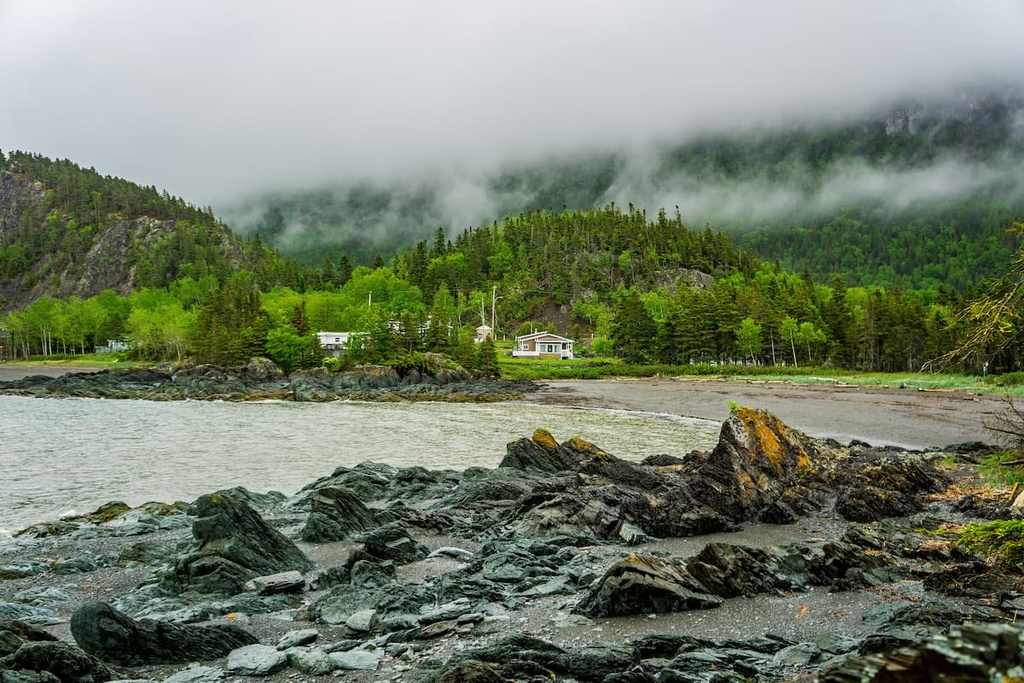
Bic National Park (parc national du Bic) is a provincially protected area located in the southeastern region of the Canadian province of Quebec.
The park encompasses just 3,200 ha (7,900 acres) of terrain along the Saint Lawrence River. It is situated in the Rimouski-Neigette MRC of the Bas-Saint-Laurent Region along the coastline that stretches between the cities of Rimouski and Trois-Pistoles.
Although there are a few peaks within Bic National Park, the real attraction of the park is not its mountains, but rather its coastline and other low-lying areas. The park is home to a number of salt marshes, beaches, and other similar topographical features along the coast of the Gulf of Saint Lawrence.
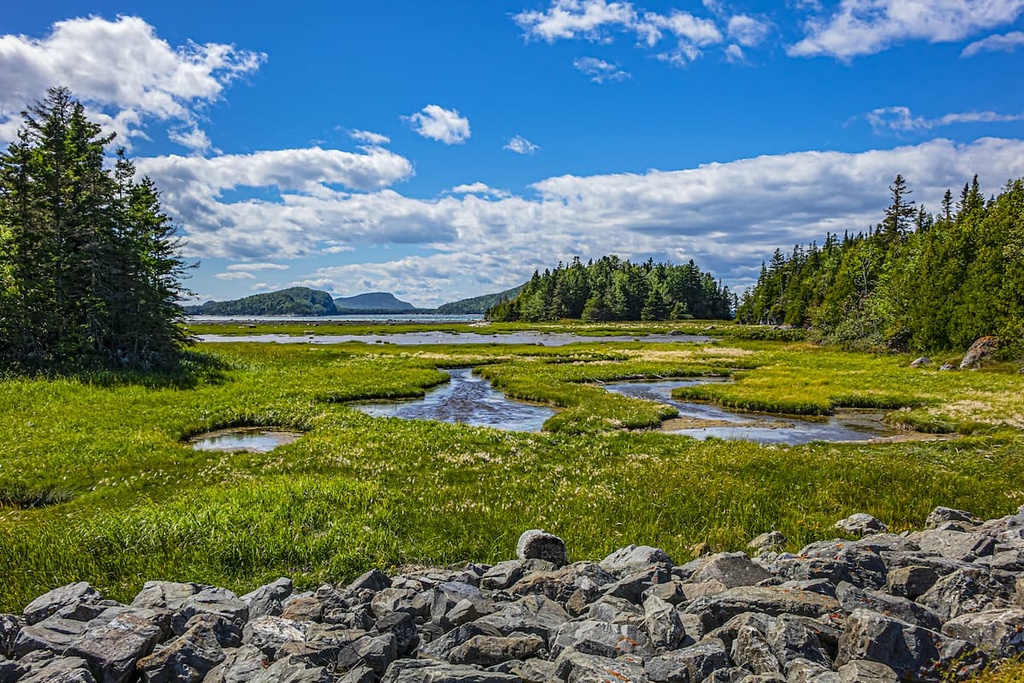
Additionally, even though Bic is referred to as a national park, it is actually a provincially protected area, as is the case with many national parks in Quebec. Bic National Park is managed by Sépaq (Société des établissements de plein air du Québec) rather than by Parks Canada. Parks Canada is typically tasked with managing the national parks of Canada while Sépaq administers most of the national parks of Quebec.
Due to its coastal location, Bic National Park is somewhat isolated from other nearby protected areas.
However, there are many other parks and recreation destinations located within driving distance of Bic National Park, such as Réserve faunique des Rivières-Matapédia-et-Patapédia, Parc national du Lac-Témiscouata, Réserve faunique de Dunière, Réserve faunique des Chic-Chocs, and Parc national de la Gaspésie. The majority of these parks are located to the north and east of Bic National Park on the Gaspé Peninsula.
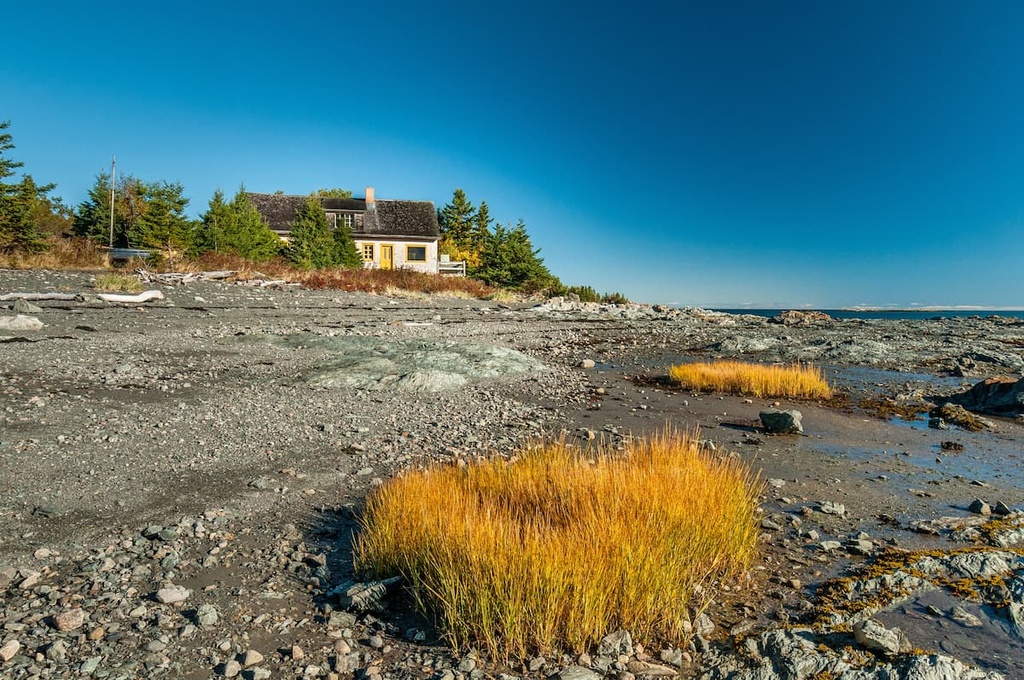
The peaks in Bic National Park are technically part of the Notre Dame Mountains, which are a subrange of the Canadian Appalachians. In turn, the Canadian Appalachians are a subrange of the Appalachian Mountains. The Appalachians as a whole extend from the northern part of the US state of Alabama all the way to the northern tip of Newfoundland.
As is the case with the rest of the Notre Dame Mountains, the peaks in Bic National Park primarily started to form during the Taconic orogeny. This mountain-building event was also responsible for creating a handful of other nearby ranges such as the Long Range Mountains, Green Mountains, and Longfellow Mountains.
Most of the rock within the Notre Dame Mountains is sedimentary in origin. Some of the main rock types found in the range include conglomerates, sandstones, mudstones, and limestones. But there are also some areas of metamorphic and igneous rocks in the region, including some schist outcroppings.
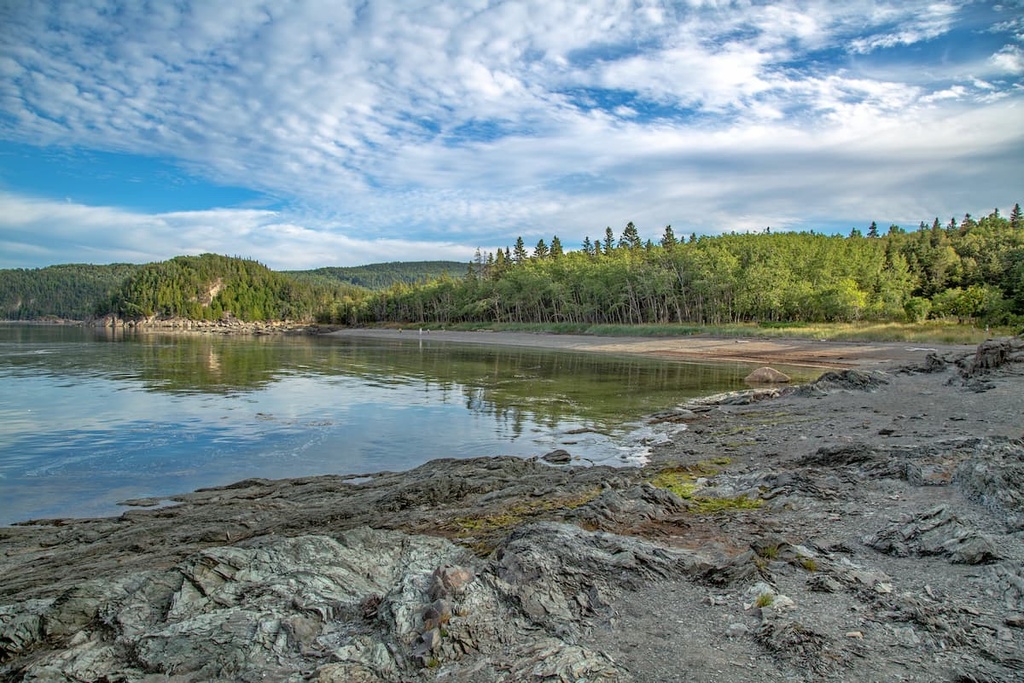
The area that is now Bic National Park was also heavily glaciated during the last glacial maximum, which helped to carve out many of the land features that we see in the region to this day.
Additionally, due to the park’s proximity to the Saint Lawrence River, much of its coastal landscape has been shaped by the erosive forces of the wind and the waves. The erosive power of the wind and water is one of the reasons why the park features such staggeringly tall cliffs and steep rock faces.
While Bic National Park isn’t particularly known for its towering mountains, it does contain a number of relatively tall peaks. This includes summits like Pic Champlain, La Citadelle, and Montagne à Michaud.
Ecologically, the area within Bic National Park is very similar to the surrounding landscape. However, the park is home to a handful of relatively rare ecosystems and it serves as an important resting site for many birds and marine mammals.
Within the park, researchers have found over 740 species of vascular plants, 18 of which are considered to be rare in the region, such as Allegheny vine (Adlumia fungosa), small rounded-leaved orchid (Amerorchis rotundifolia), cutleaf daisy (Erigeron compositus), and golden draba (Draba aurea).
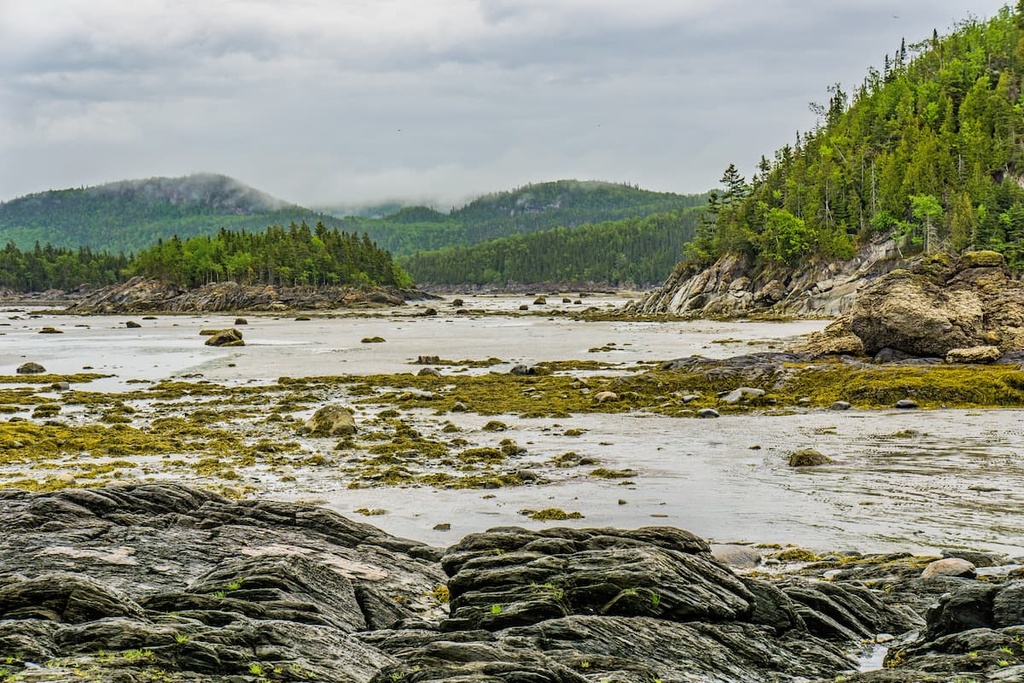
The bulk of the park is covered by mixed-wood forests as the region is part of a wider transition zone between boreal and deciduous forests. You can find a number of different tree species in the park, including sugar maple, balsam fir, white spruce, red oak, white birch, alder, and northern white cedars.
In addition to forests, the park is also home to salt marshes and peat bogs. The coastline of the park is also home to some tidal ecosystems that feature a range of algae, mosses, kelps, and other salt-tolerant plants.
When it comes to wildlife, the park is home to a wide variety of species. Land mammals that live in the park include white-tailed deer, bobcats, American porcupines, Canada lynx, fishers, black bears, coyotes, red foxes, groundhogs, moose, and a number of different squirrels, voles, and bats.
The park is also home to a diversity of bird species, some of which nest in the area and others of which simply use it as a stopping point on their migrations. Some of the species you can find in the park include bald eagles, merlins, peregrine falcons, red-tailed hawks, golden eagles, short-eared owls, and common eiders.
As far as reptiles and amphibians go, Bic National Park is home to garter snakes, grass snakes, red-bellied snakes, blue-spotted salamanders, northern two-lined salamanders, spotted salamanders, and the red-backed salamander. You can also find a number of frogs and toads in the park, such as the northern tree frog, green frog, northern leopard frog, wood frog, American toad, and spring peeper.

Furthermore, the maritime nature of the park means that its waters are home to many marine mammals, fish, and other aquatic species. Some of the most notable marine mammal species that live in the park include harbor seals and gray seals. There’s also a small population of Atlantic salmon that travels to the park to spawn and there are American eels that live in some of the park’s lakes.
The area that is now part of Bic National Park has been home to humans since time immemorial. Researchers have uncovered a number of important archeological and cultural artifacts in the region, including chert stone tools, pottery shards, and remnants of dwellings.
In particular, the land that is now Bic National Park is part of the traditional territory of a number of First Nations including the Wəlastəkwewiyik (Maliseet) and Mi'kmaq, among others.
French sailors first started arriving in the region around Bic National Park during the sixteenth century. In 1535, a group of French vessels led by Jacques Cartier sailed up the Saint Lawrence River and anchored in a harbor that would later become part of the national park.
Many decades later, in 1608, Samuel de Champlain of France established a colony at what is now Quebec City, just a short distance to the southwest of the park.
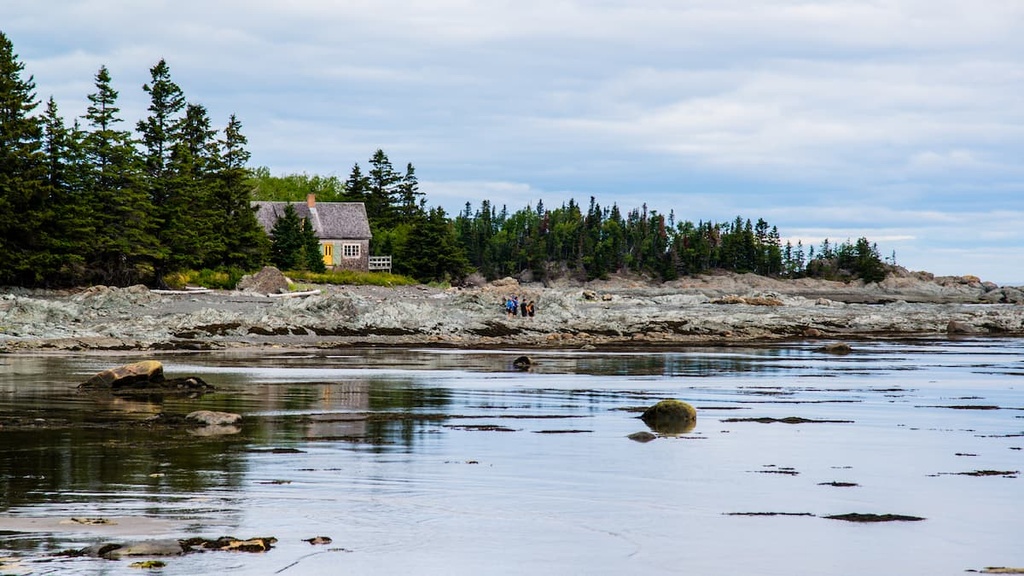
In fact, Pic Champlain was described in writing by de Champlain during his voyage to the region in 1603. De Champlain noted that the mountain could be used as a good navigational landmark due to its prominence over the surrounding terrain.
Some researchers also believe that the park’s name Bic comes from Pic. It’s possible that the whole coastline was once called Pic (because of the prominence of Pic Champlain) and that the name got distorted to Bic over time.
After the success of the colony of Quebec City in the early seventeenth century, France started to expand its attempts to colonize what’s now Quebec. In 1675, the French crown granted the Seigneurie du Bic to Charles Denys de Vitré, a businessman who was active in the fishing and fur trade industries.
The fishing and fur trades were the main economic drivers in the region for most of the following centuries. A number of settlements in the region started to spring up around this time, particularly around the Baie du Ha! Ha!.
In 1768, the Bic area became the site of the Saint Lawrence River pilot station. The Bic area was a strategic location for this pilot station because the rest of the river to the west is tricky to navigate and it requires in-depth knowledge of the region to travel through safely. This pilot station was ultimately moved to Pointe-au-Père in 1905.
During this time, the region also became a relatively important area for agriculture, which remains important to this day. Eventually, the area around Bic started to become more popular among tourists, and by 1930, it started to become a vacation destination for wealthy Americans and Canadians.
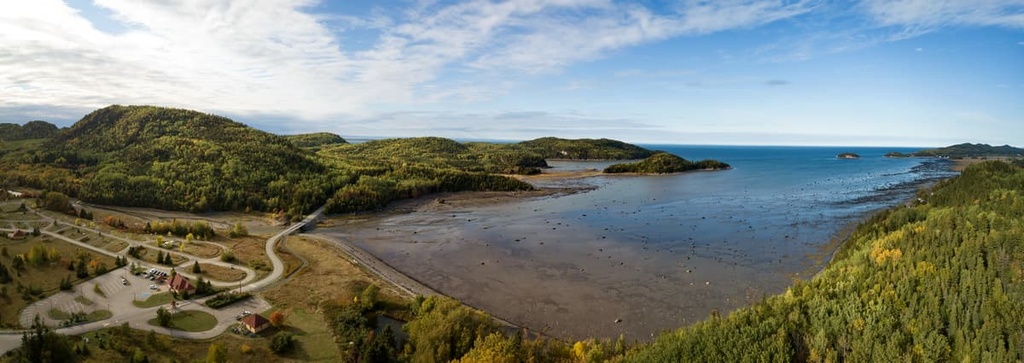
The park itself wasn’t established until 1984, though plans for its creation were in the works as early as the 1970s. In 1999, management of the park was also transferred to Sépaq, which is the organization that administers the region to this day.
Bic National Park may be a relatively small park by Quebec’s standards, but it is jam-packed with outdoor activities for visitors to enjoy. There are 25 km (15.5 mi) of trails in the park, each of which offers something for hikers of all experience levels. These trails include:
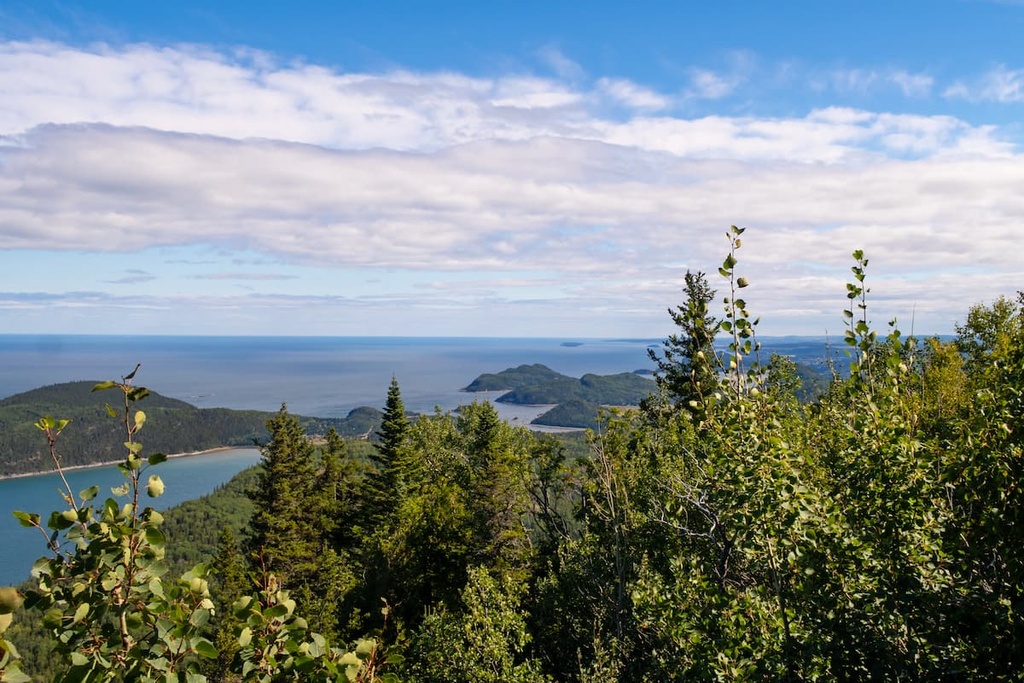
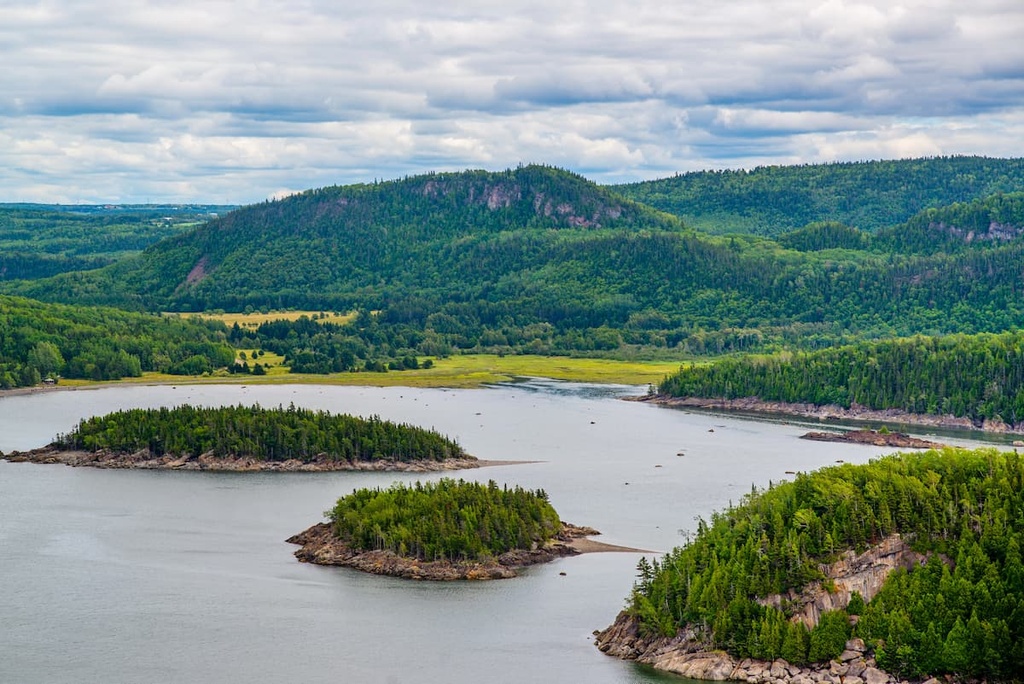
In addition to hiking, Bic National Park offers a range of other outdoor recreation opportunities for visitors to enjoy. These include:
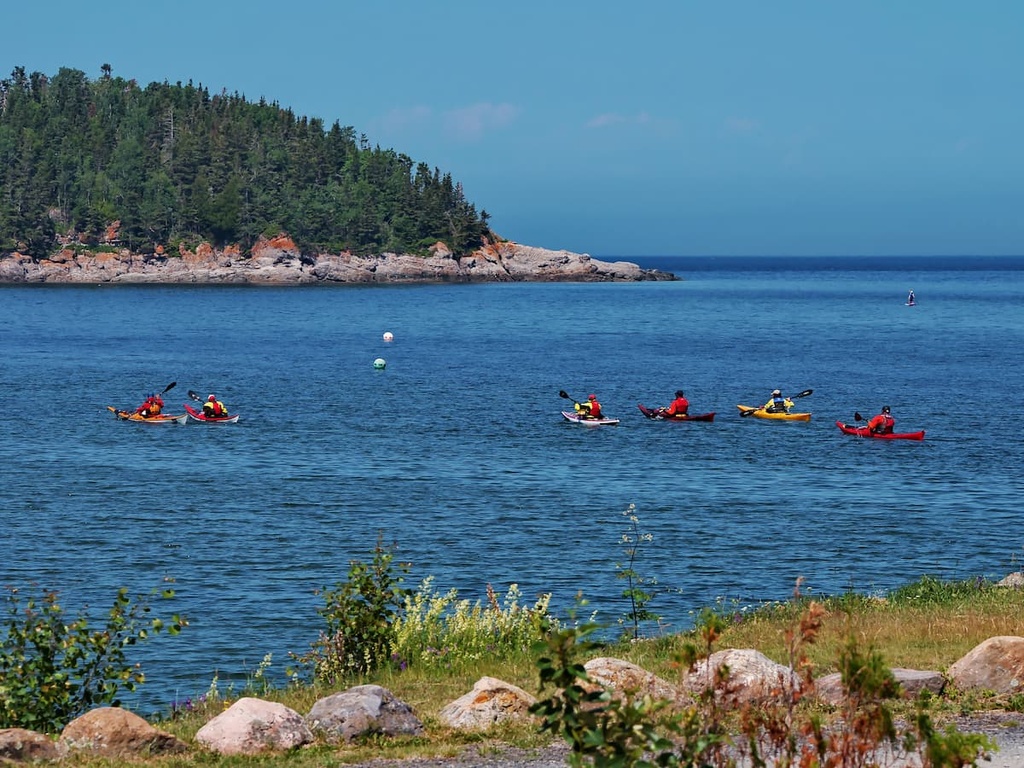
A trip to Bic National Park is sure to be an incredible adventure. Here are some important things that you ought to know before you head to the park.
As is the case with most national parks of Quebec that are managed by Sépaq, there are entrance fees for all visitors to Bic National Park.
Generally speaking, the park only charges entrance fees for adults aged 18 or older. Fees are charged per person, per day. If you are only going to the park for one day, you can get a daily access pass.
However, if you plan to visit the park for multiple days or if you plan to visit multiple areas that are managed by Sépaq, you may want to consider getting an annual pass instead as this tends to be more cost-effective over time.
Keep in mind that entrance fees to Bic National Park do not include fees for campsites or any rental equipment. These fees are charged separately from your entrance pass.
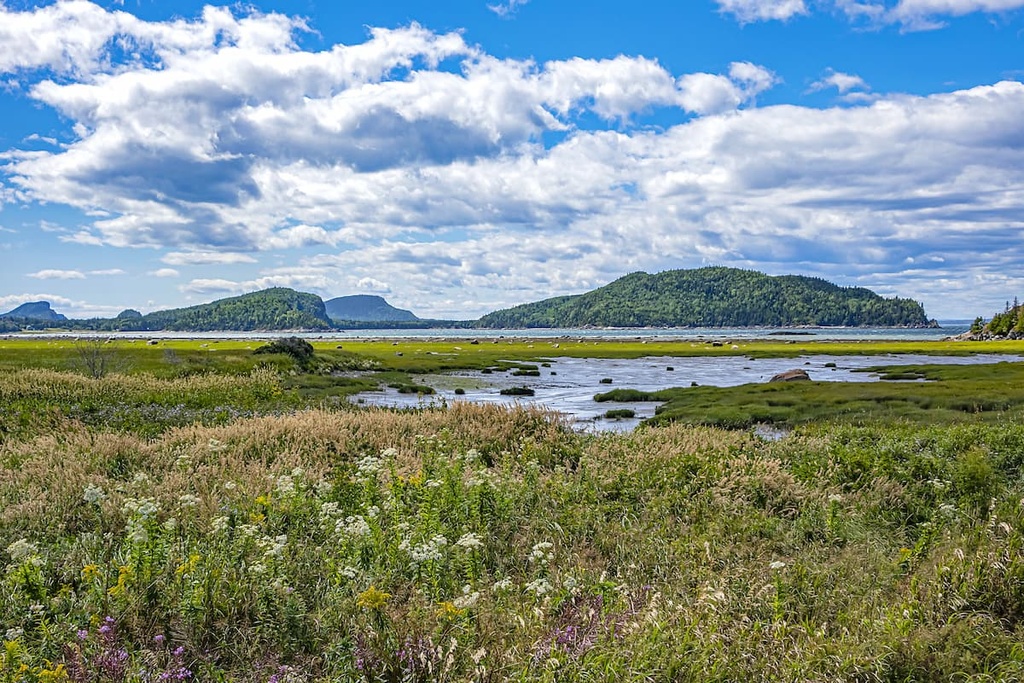
You can get the latest information on entrance fees at Bic National Park on the Sépaq website.
Bic National Park is easy to get to by road from most other parts of southern Quebec. The park is located along the coast of the Saint Lawrence off of Route 132, so you can get there within a few hours from most of southern Quebec’s major cities.
The drive from Quebec City to Bic National Park is just around 3 hours long. You can also get to the park from Rimouski in about 15 minutes. Keep in mind that, while you can get to Rimouski and other cities in the area around the park via bus or train, you will likely need a car or bike to travel efficiently around the park itself.
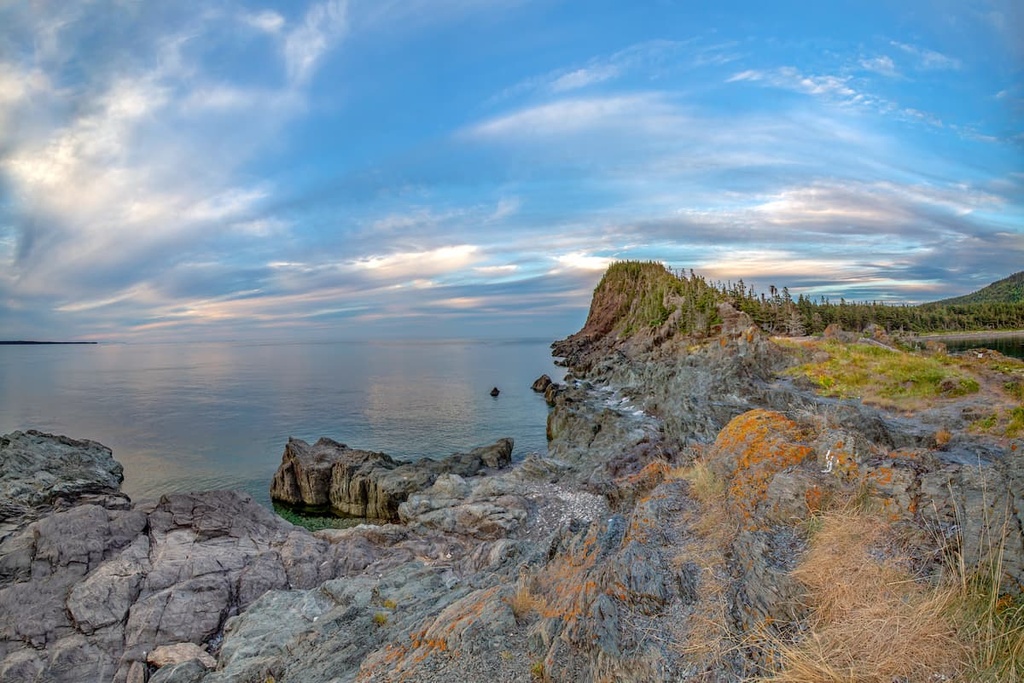
There are a number of visitor and registration centers in Bic National Park that offer information, equipment rentals, and other services to park visitors. These visitor centers include:
Additionally, there are two gatehouses (Rivière-du-Sud-Ouest and Cap-à-l'Orignal) where you can buy entrance passes to the park during the summer months.
Keep in mind that the hours for the park’s visitors centers and gatehouses can vary from season to season. Double-check the Sépaq website for the most up-to-date information about the park’s visitors centers before you leave home.
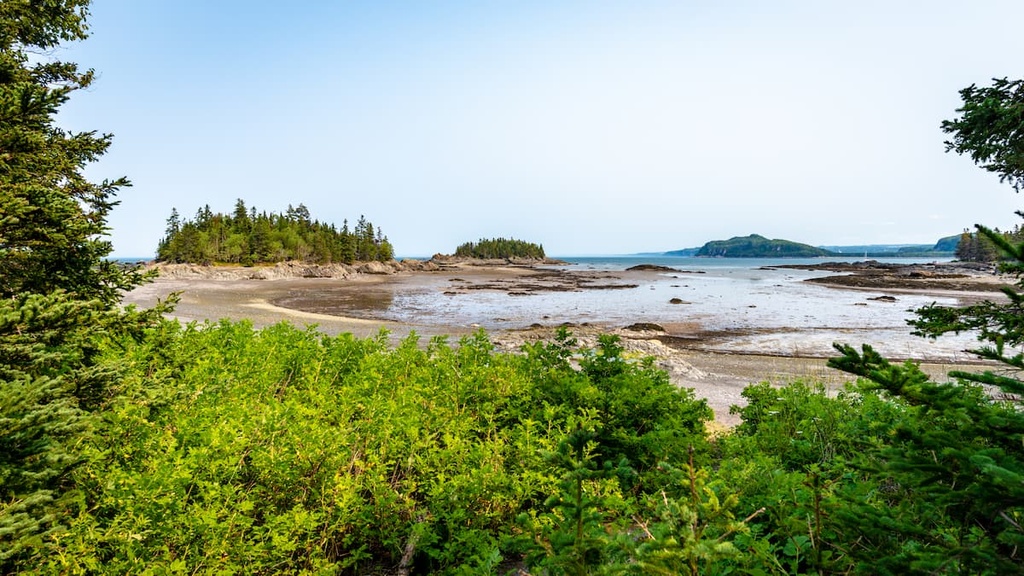
If you’re interested in spending the night in Bic National Park, Sépaq offers an array of accommodation options for you to choose from. Here’s a quick look at some of the different campgrounds and huts that you can find in the park.
Bic National Park currently has four maintained frontcountry campgrounds that have a combined total of more than 200 campsites. These campgrounds include:
There are also some group campsites available in the park for large groups, however, you can only reserve these sites by contacting Sépaq by phone. Advanced reservations are highly recommended for all of the campsites in Bic National Park, and you can book your stay for all individual sites online at the Sépaq website.
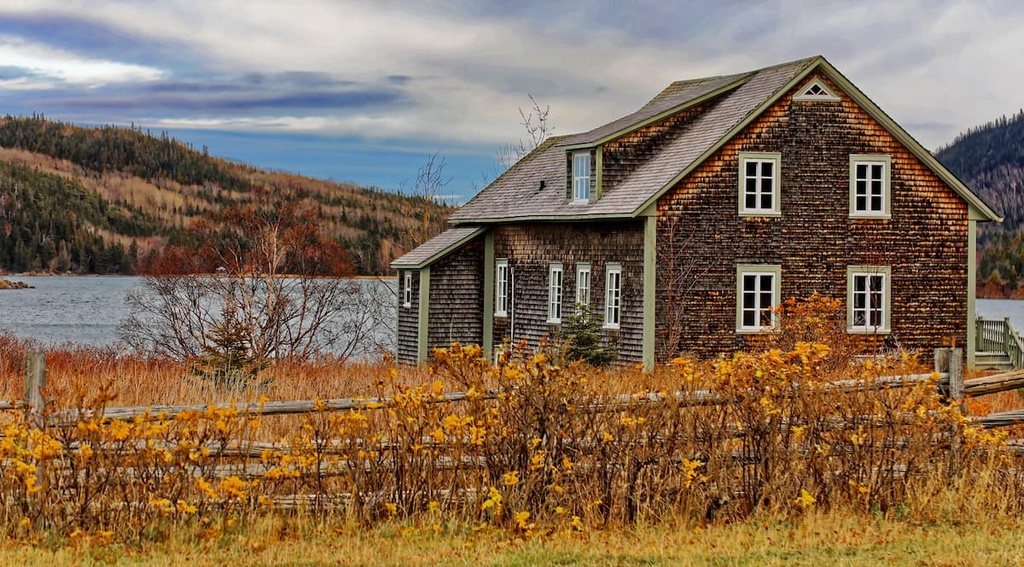
If you’re looking for something a bit more luxurious than tent camping for your trip to Bic National Park, Sépaq offers a range of different cabins and yurts for you to choose from. These include:
As is the case with the park’s campgrounds, it’s highly recommended that you book your stay in one of these cabins or yurts well in advance of your trip. You can make reservations for these accommodation options on the Sépaq website.
Ready-to-camps are a type of campsite offered at most of Sépaq’s parks. They are effectively pre-pitched canvas tents that offer everything you need to go camping, even if you don’t have a lot of outdoor gear.
Bic National Park has 19 traditional ready-to-camp sites at the Rioux Campground and 5 traditional ready-to-camp sites at the Rivière-du-Sud-Ouest Campground. There are also 10 new Étoile ready-to-camp sites available in the Tombolo sector of the park.
The traditional and Étoile ready-to-camps are very similar, though the Étoile sites can accommodate 6 people while the traditional sites can only accommodate 4 people.
You can book all of the park’s ready-to-camp sites online at the Sépaq website.
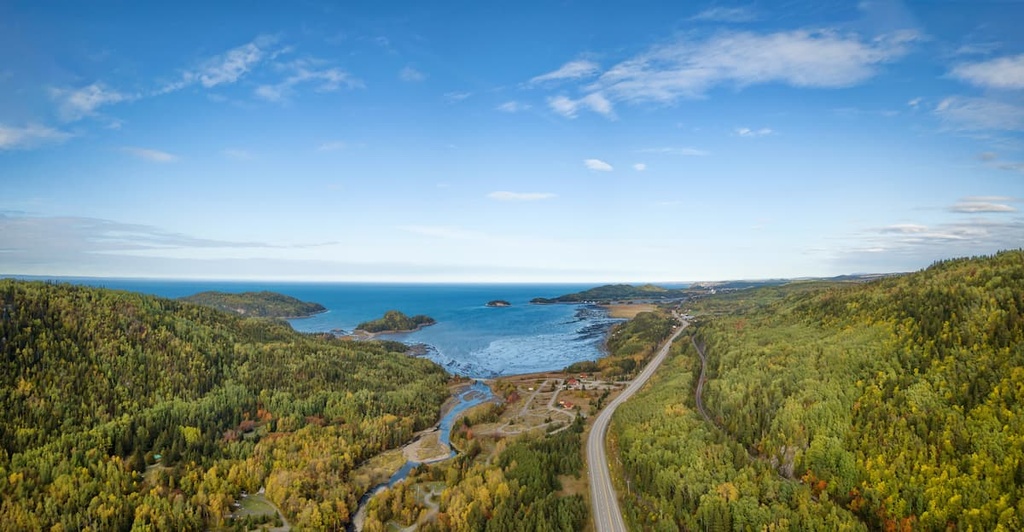
Bic National Park and Sépaq partner with Vélo Québec to offer a dedicated campsite network for cyclists. There are 4 campsites available for cyclists at the Porc-Épic Campground that offer fire pits, picnic tables, pit toilets, and bike racks.
Note that these campsites are for cyclists and are not typically open to regular campers. They are only available from about May to October of each year. You can get more information about these campsites by calling Sépaq directly.
During the winter months, Bic National Park offers limited backcountry camping opportunities. Winter camping is typically offered in the park from December to April, but the exact dates of each season depend on the snow conditions.
Bic National Park only allows winter camping in the Porc-Épic sector. Sépaq requires that a minimum of 2 adults go on every winter camping trip for safety reasons. You must book your winter camping sites in advance by contacting Sépaq via phone.
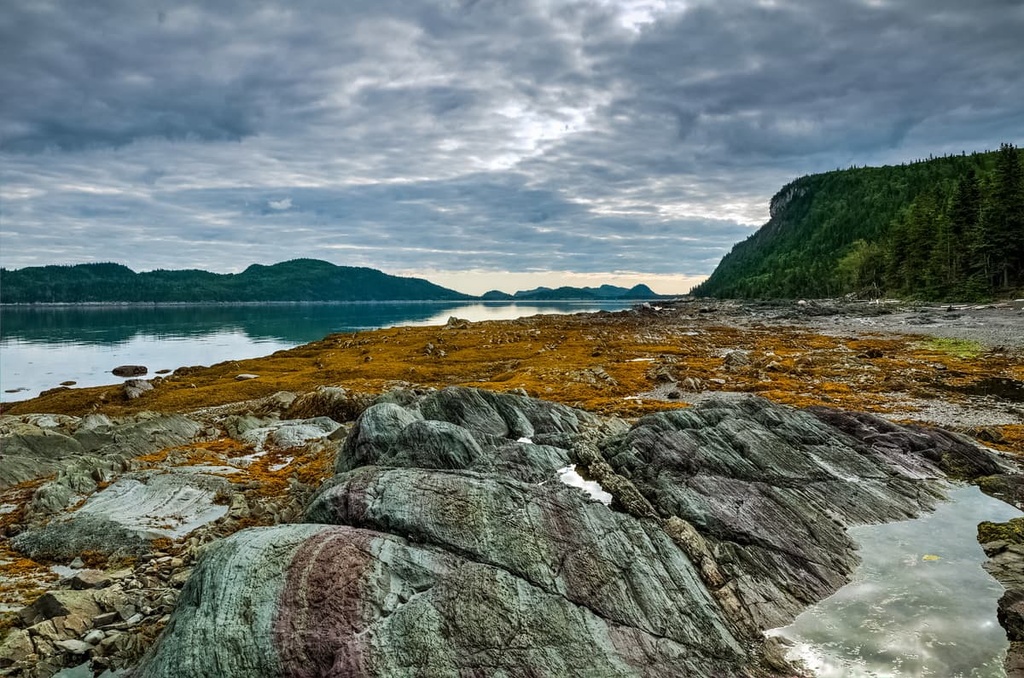
Looking for a place to stay near Bic National Park? Here are some of the best cities and towns in the region to check out during your next trip to the area.
Saint-Fabien is a small parish municipality located just outside the boundaries of Bic National Park. It’s home to around 2,000 people and it is situated along Route 132, so it’s a great place to stop if you’re traveling through the area.
Although Saint-Fabien is a relatively small town, it is steeped in history and it has a strong agricultural economy. Saint-Fabien also has a number of hotels, restaurants, and shops for visitors to enjoy. While in town, you can also visit one of its local history museums and historic sites, including the Grange Adolphe-Gagnon.
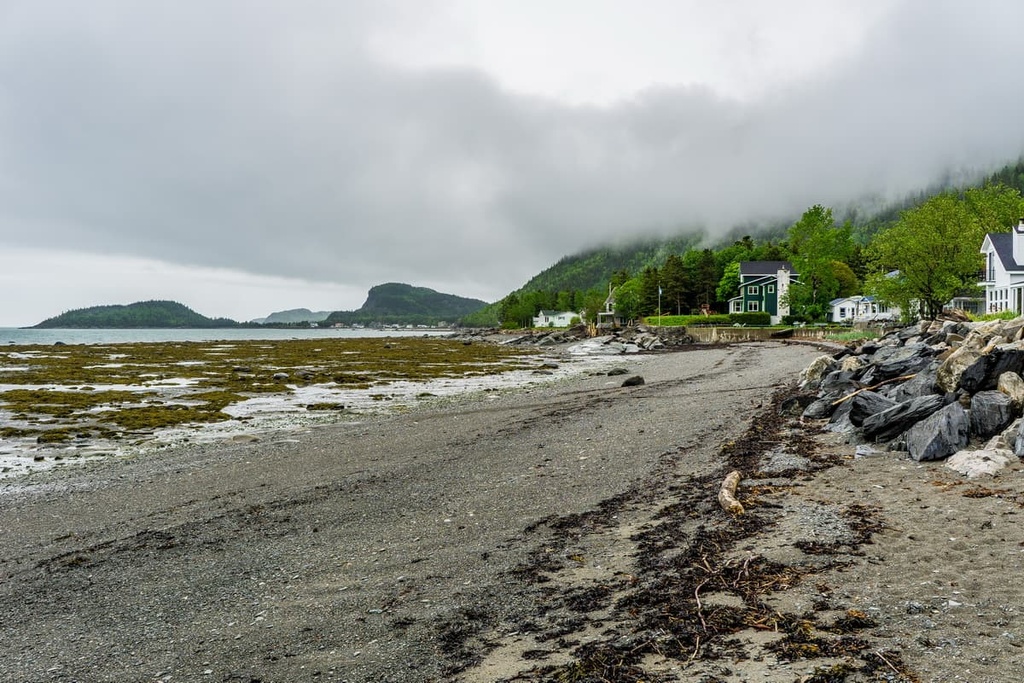
Rimouski is a city of approximately 50,000 people that’s situated just to the northeast of Bic National Park along the coast of the Saint Lawrence. The city is one of the largest communities in the area, so it’s an ideal place to stay or visit if you’re traveling to the national park or elsewhere on the Gaspé Peninsula.
While its major industries are healthcare and maritime services, Rimouski is quickly developing a strong tourism sector. Many of the trains and buses that head to the Maritime Provinces from southern Quebec travel through Rimouski, and the city is a natural stopping point for trips to the Gaspé Peninsula if you’re coming from Montreal or Quebec City.
There are a number of attractions in Rimouski, too, such as the RMS Empress of Ireland disaster exhibit and the Pointe-au-Père lighthouse, both of which you can see at the Site historique maritime de la Pointe-au-Père.
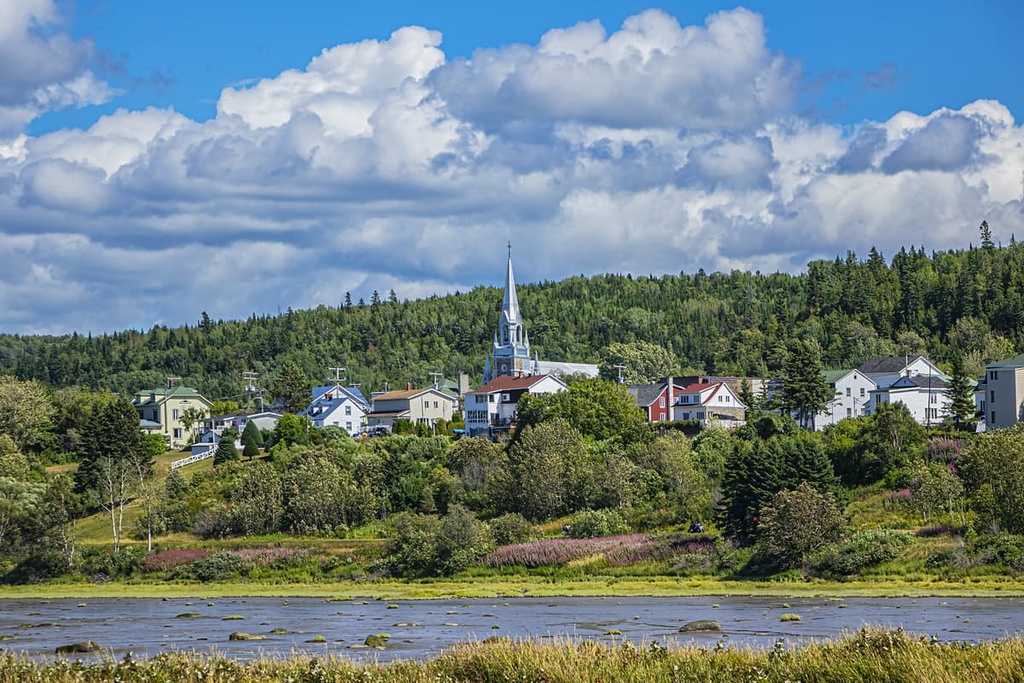
Trois-Pistoles is a city located to the south of Bic National Park along the Saint Lawrence River. It is home to around 3,500 residents, which makes it a small city by local standards, but it is a worthwhile destination if you’re in the area.
The city of Trois-Pistoles is home to the southern terminus of the ferry that crosses the Saint Lawrence River and heads to Les Escoumins. It’s also home to a number of small islands including the Île aux Basques and the Île aux Pommes, both of which are now protected nature reserves as they serve as important resting sites for migratory birds.
Rivière-du-Loup is one of the first major cities that you’ll drive through if you’re venturing to Bic National Park from Quebec City. It is home to around 20,000 people, which makes it one of the largest communities in the Bas-Saint-Laurent region.
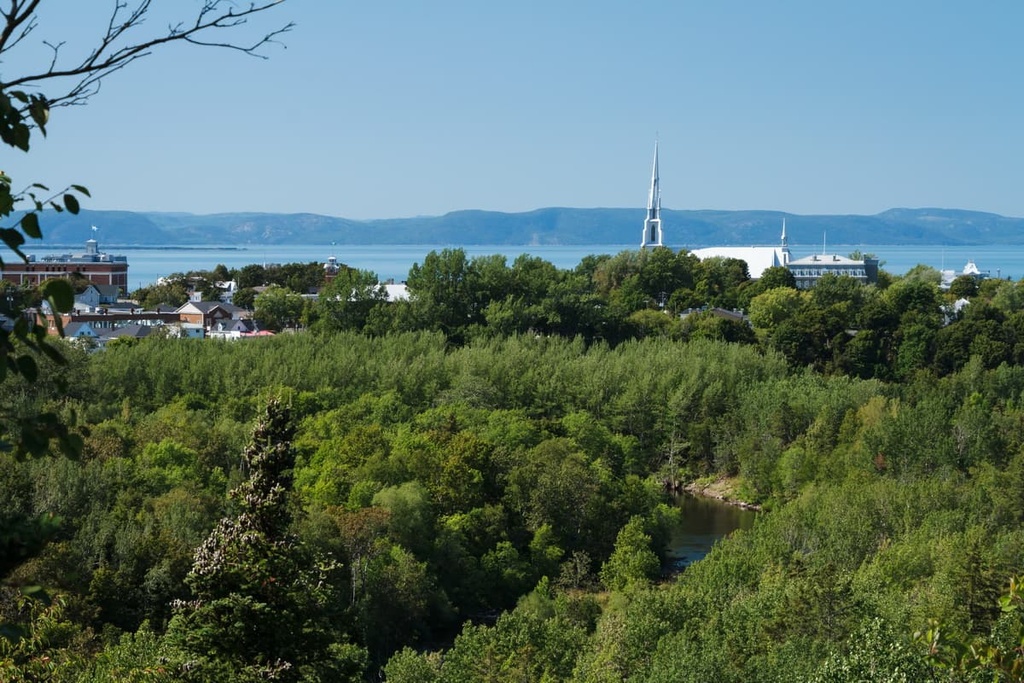
The city of Rivière-du-Loup was formally established by the French in the seventeenth century, though the area had long been home to First Nations. If you’re visiting the city, be sure to check out its charming downtown area, which has a number of local shops and restaurants. You can also visit some of Rivière-du-Loup’s many historic sites, which include the Fraser Manor and the Église Saint-Patrice.
Quebec City is the capital and the second-largest city in Quebec. It is located about three hours to the southwest of Bic National Park by road and it’s a great starting point for any trips to the eastern part of the province.
The area of Quebec City was home to one of the earliest French settlements in what is now Quebec. In fact, the city itself was founded by Samuel de Champlain in 1608 and it is one of the only cities on the continent to the north of Mexico that still has its original fortified walls.
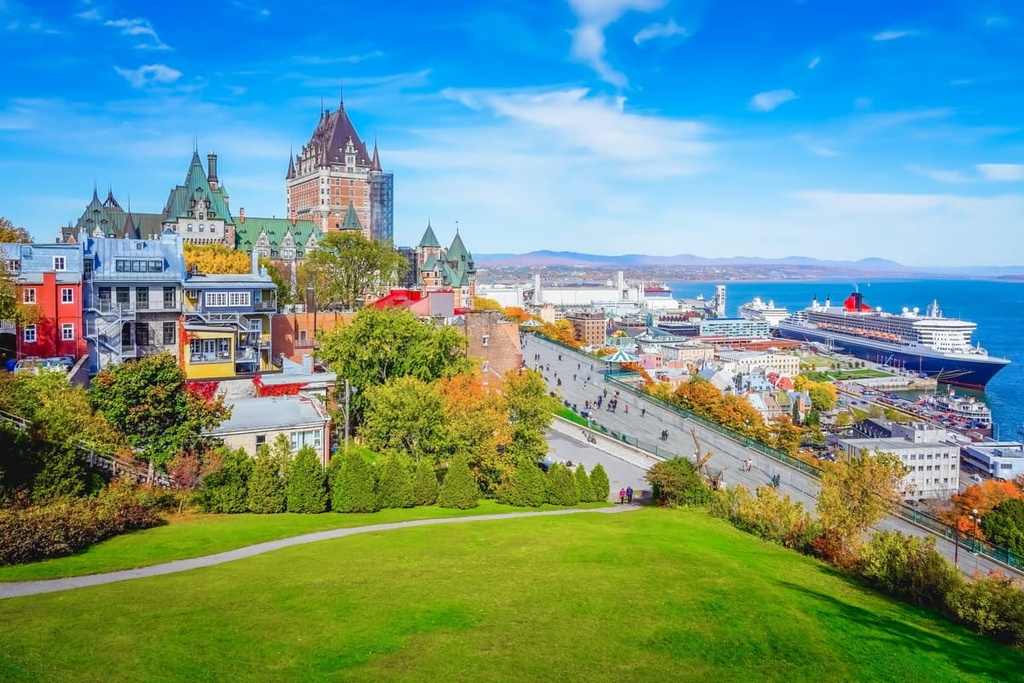
Quebec’s old town is actually a UNESCO World Heritage Site. You can find many landmarks in the city, such as the Château Frontenac and the Citadelle of Quebec. Plus, Quebec City offers good road, rail, and air connections to the rest of Canada and overseas, so it’s a great place to travel to if you’re coming from further afield.
Explore Parc National du Bic with the PeakVisor 3D Map and identify its summits.








